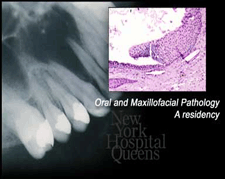المقالات
Enamel Hypoplasia

Enamel hypoplasia is a disturbance in the tooth's development that causes incomplete or defective formation of the outer enamel layer of forming teeth. It can occur on any tooth, primary or permanent, and appears as tiny pits, grooves, areas with no enamel whatsoever, or other defects in the enamel. The enamel defects are the result of a disturbance to the cells responsible for enamel formation, called ameloblasts. A variety of factors cause these cells to stop functioning normally; the type and severity of the defect in the enamel depends upon the stage of the tooth's development and the severity and duration of the disturbance. The causal factors can range from heredity to environmental influences, such as nutritional deficiencies (particularly vitamins A, C and D), premature birth, congenital syphilis, Rh diseases, injuries during birth, diseases such as measles or scarlatina, local infection or trauma, or the ingestion of certain chemicals. It is important to realize that teeth are developing from four months in utero (when primary teeth are forming) until ages 12 to 16 (when third molars, or wisdom teeth, are forming). Because of this, the above-mentioned factors can have an effect on the teeth over a long period of time.
* On primary teeth, we will typically correct enamel defects with cosmetic composite (white) fillings.
* Once teeth are fully grown in, cosmetic dental techniques such as crowns or veneers can restore a healthy-looking smile.
